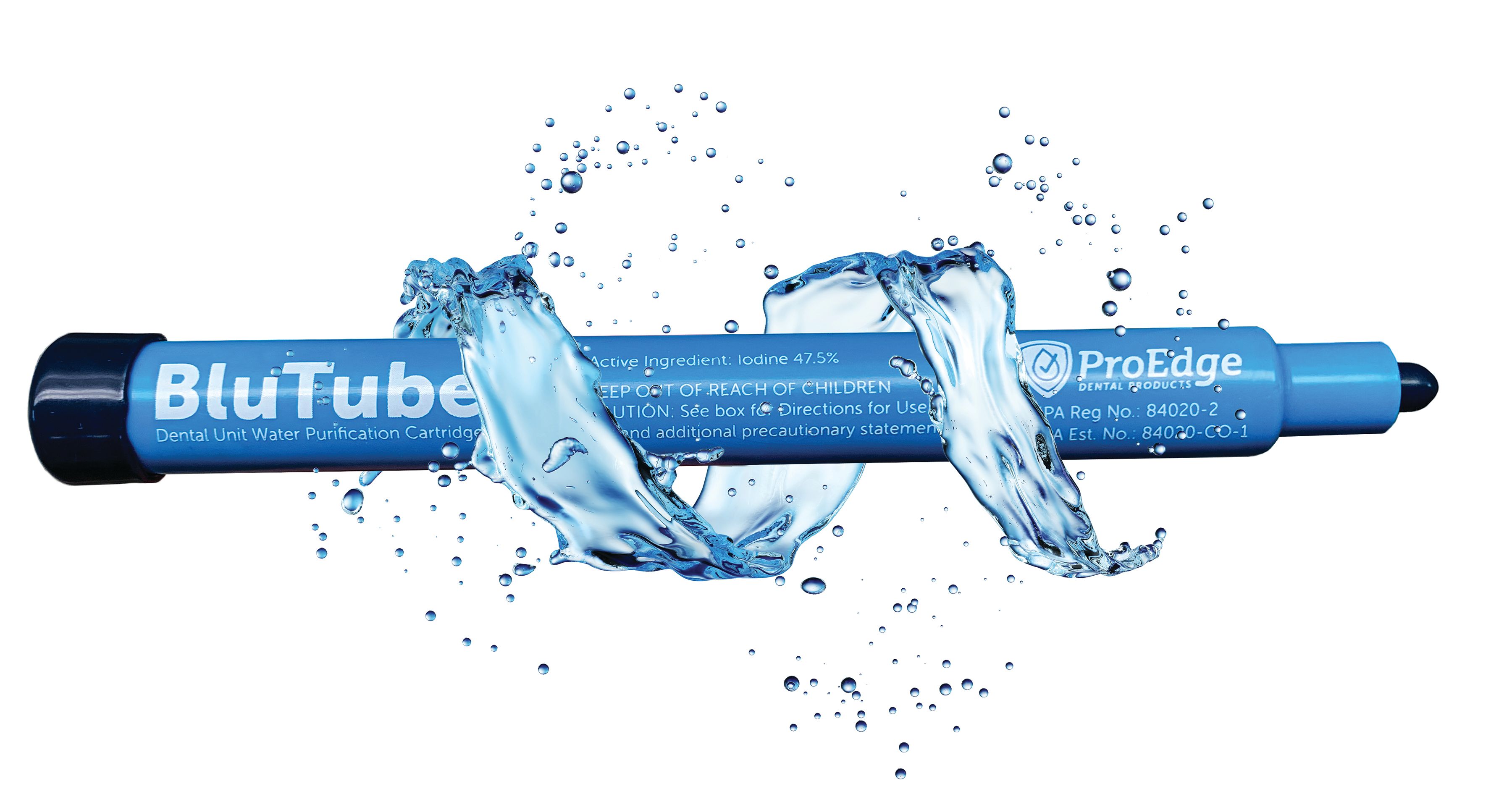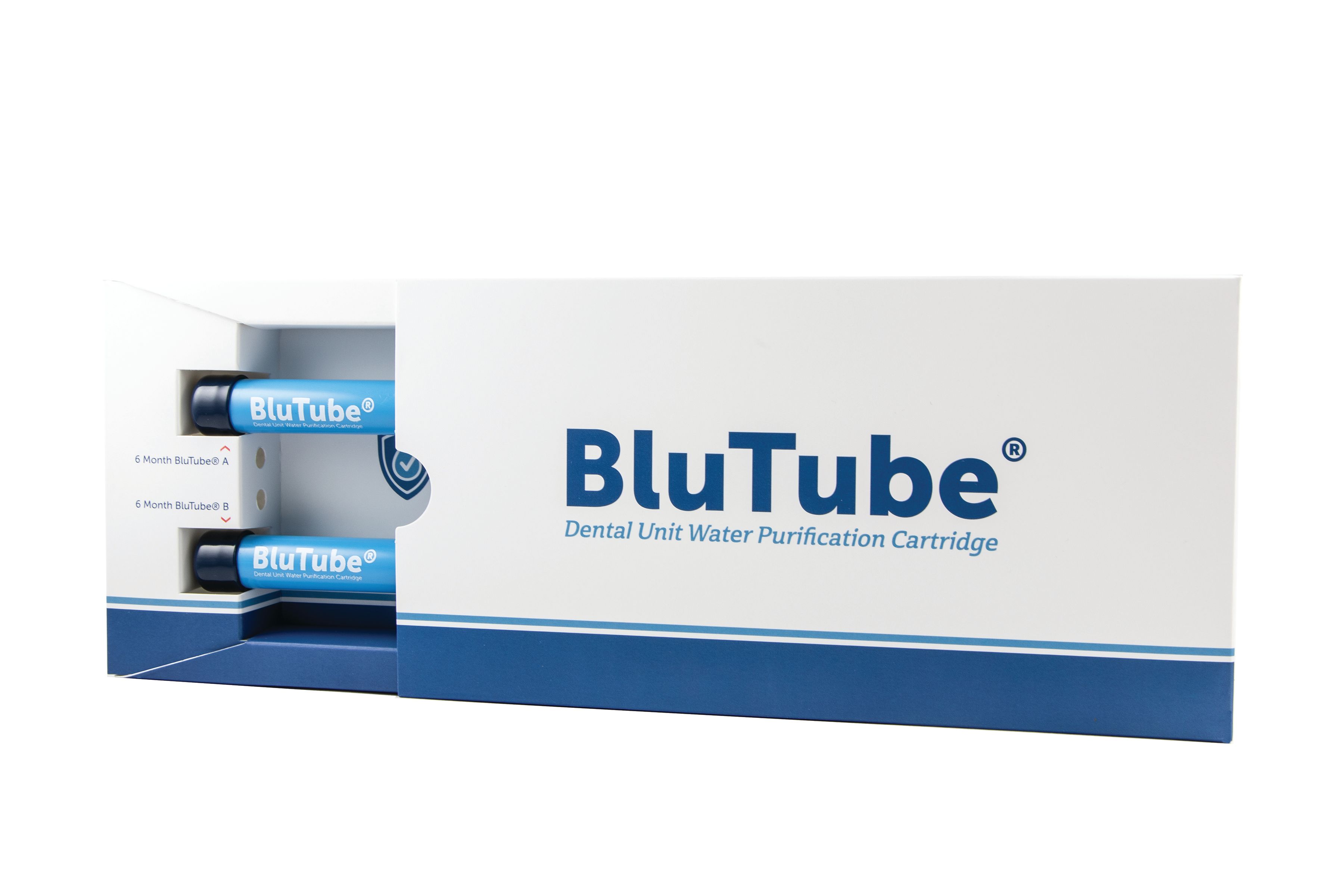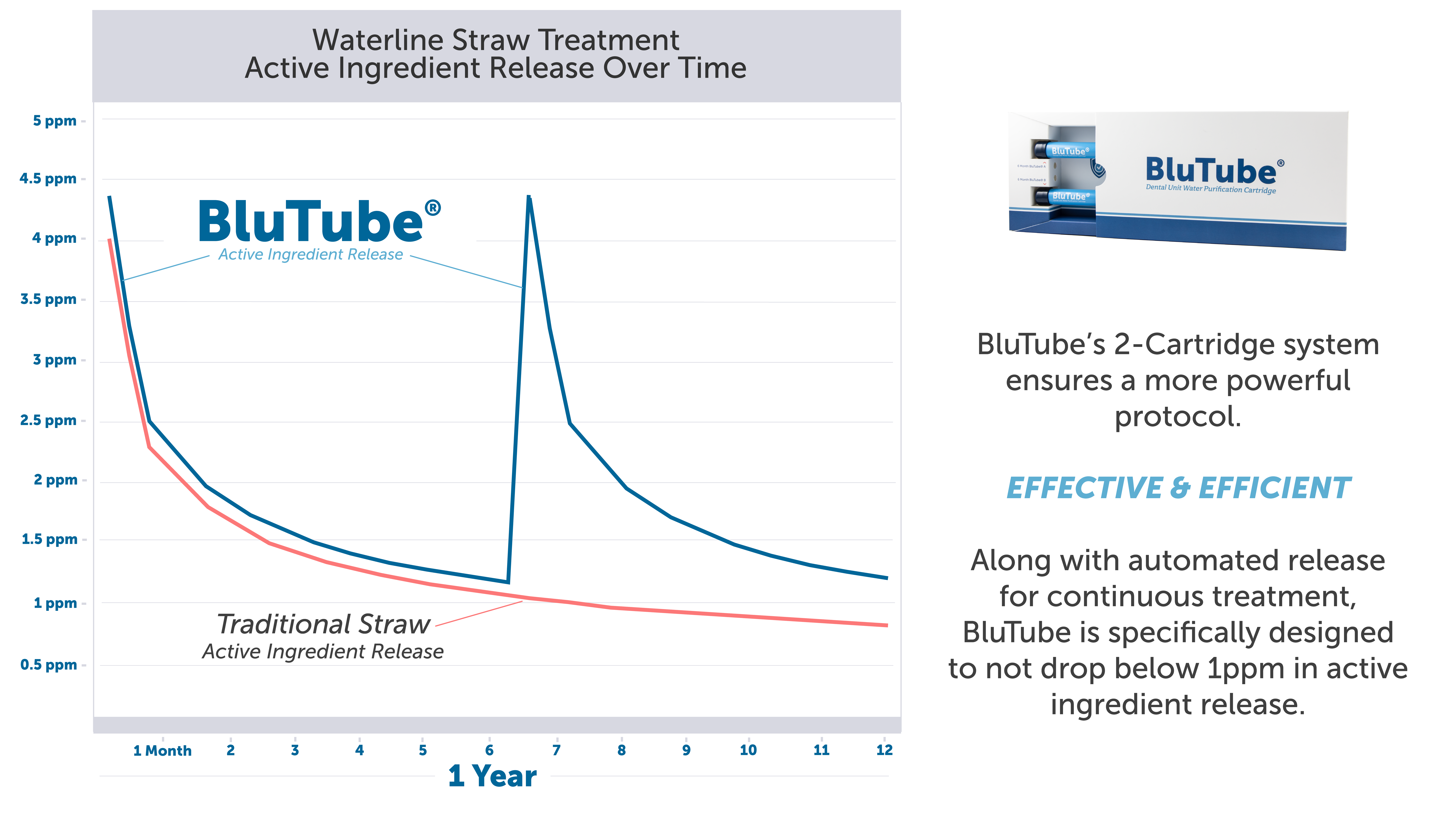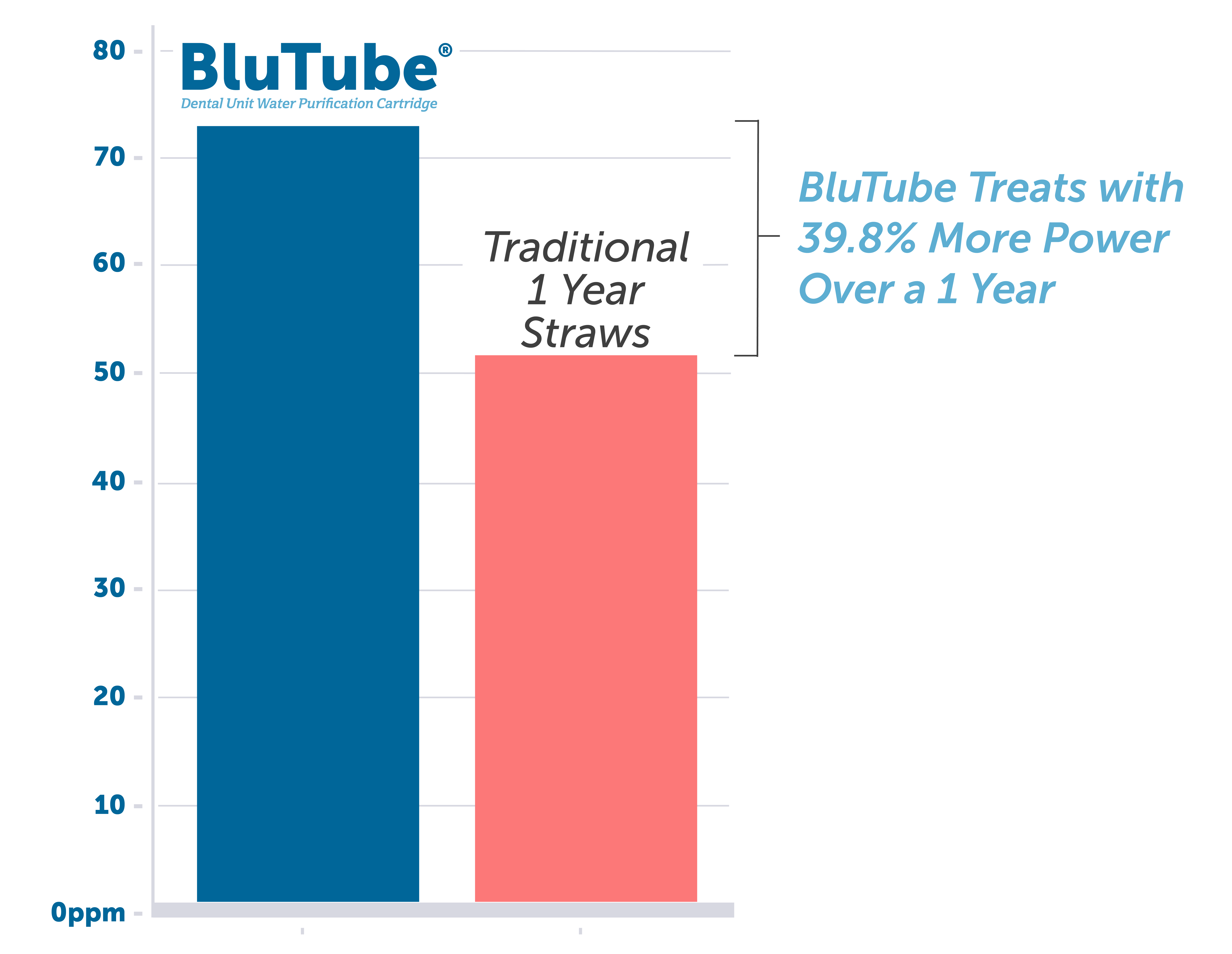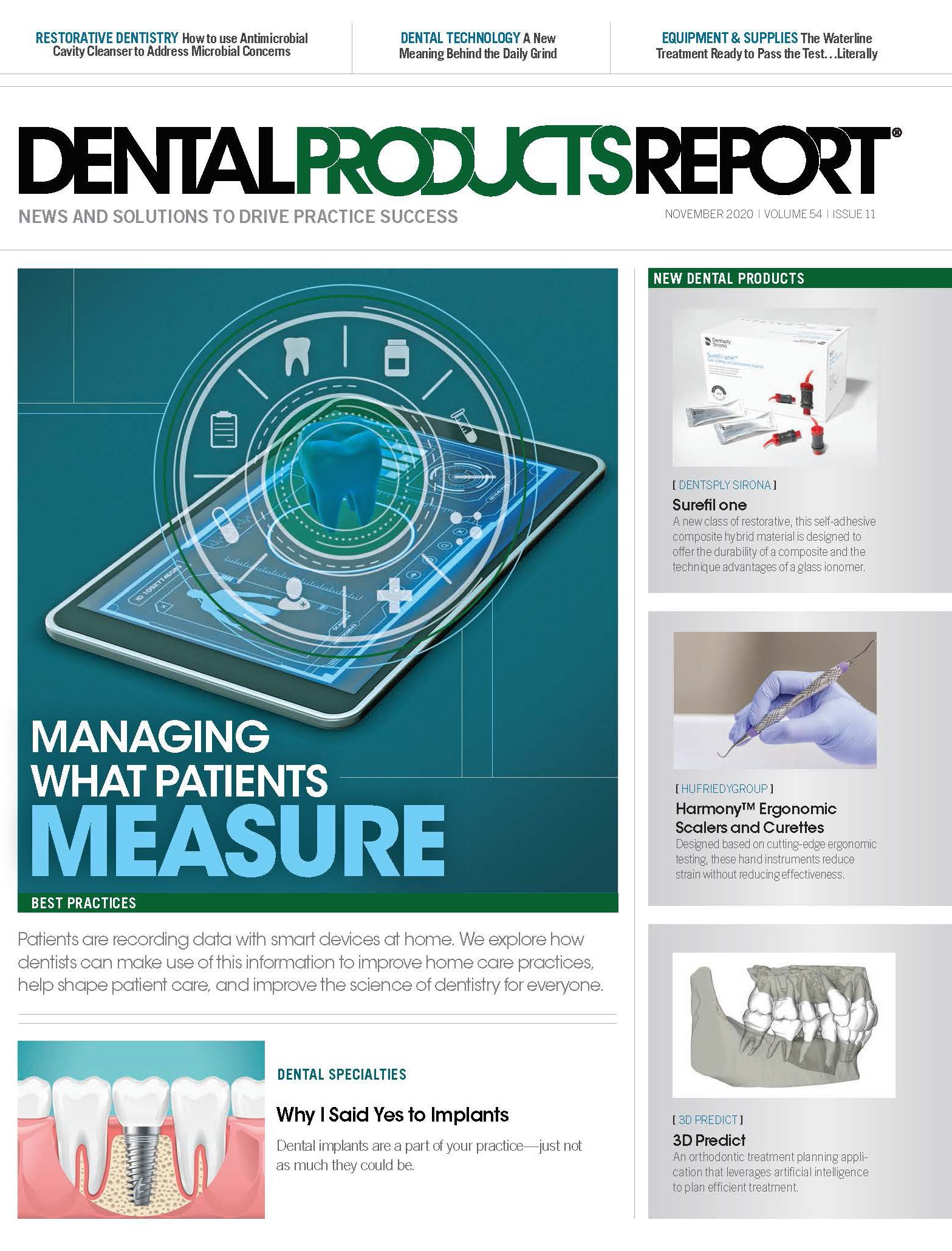A dental health care provider is called “the dedicated dental pro.” You’re passionate about the safety and quality of care you provide to your patients, you regularly look for new ways to be efficient and effective, and you’re driven to positively impact the people in your community. When it comes to infection control, you keep a tight ship and everything is organized, cleaned, and disinfected right when it needs to be.
“There is a ton on their plate—now more than ever,” says Kellie Thimmes, senior consultant and education specialist for ProEdge Dental Water Labs. “Dedicated dental professionals can forget dental waterlines in the long list of priorities, but when they pause and ask, ‘Are my dental unit waterlines compliant?’ it can be a bit of an uh-oh moment.”
And moments like that bring up other questions:
- What does it mean to be waterline compliant?
- How would I know if we are compliant?
- Don’t treatment products always work?
“We know the world of dental unit waterlines is one of the most misunderstood areas of dental infection control,” says Thimmes. “The team here often says that you didn’t get into dentistry to clean waterlines, but we did. So we work with hundreds of practices every week to sort out all the noise and go back to the science, research, and data.”
BluTube® Dental Unit Water Purification Cartridge
In 2003, the Centers for Disease Control and Prevention (CDC) released guidelines to help practices answer these questions, and today, most state dental boards have adopted rules requiring CDC compliance. The CDC suggests practices ensure the dental unit water (used on patients during nonsurgical procedures) meets potable (drinkable) water standards for bacteria contamination, of less than or equal to 500 CFU/mL. To do this, the CDC recommends flushing lines between patients, use of independent water reservoirs, as well as regular shocking, chemical treatment, and testing.
“These recommendations are the difference between great care and infections like what happened with outbreaks in Anaheim and Atlanta, both now with over 200 patients involved in litigation against the practices involved,” reports Thimmes, of well publicized events that occurred in recent years. If you’re like most practices, you have a treatment in place—a tablet or straw or cartridge—but you also may not be completely sure that treatment protocol is achieving the CDC guideline. In fact, in the largest real-world waterline treatment efficacy study completed, it’s reported that 31% of all treated waterlines fail to meet the CDC standard.1 “If a waterline treatment isn’t effective, what’s the point? Some practices spend thousands of dollars to find out they’re still not getting CDC-compliant water. Delivering that news is the worst part of my job, but it happens all the time,” says Thimmes.
“It starts with knowing the problem, then we can talk about a solution,” Thimmes continues.
Dental waterlines sit stagnant at room temperature for the vast majority of the day, being used only a few seconds here and a few seconds there. That kind of condition makes it the perfect place for biofilm to grow. To make matters worse, the long and narrow bore tubing enables easy bacteria attachment and colonization.
Waterlines require constant vigilance—much like tooth health. “Think of the plaque that grows on your teeth. That plaque is a biofilm. At first, you can wash it off with water, but after 24 hours, you need to brush your teeth and use chemicals to remove it. Even mouthwash alone isn’t enough,” said John Molinari, a microbiologist and professor at the University of Detroit Mercy School of Dentistry in an interview with NPR about infection outbreaks.2
“I wish there was a silver bullet,” says Thimmes. “But just like we need to brush every day and regularly see our dentist, waterlines require a good protocol and regular testing.”
For years, Thimmes and her team have used real-world treatment efficacy data and the latest research to help practices develop strong protocols to improve compliance like waterline straws. “A lot of practices liked waterline straws,” she says. “And for good reason. They’re really convenient. But we were getting tired of seeing failing results and not being able to recommend a straw with a strong protocol. So we created our own—BluTube®.”
In August, ProEdge Dental Water Labs launched BluTube Dental Unit Water Purification Cartridge and specifically engineered it to be more effective while providing the same efficiency appreciated with traditional straws.
According to Thimmes, BluTube received rigorous testing from the ProEdge team. “ProEdge can’t simply put any product out there,” she says. “We’re a testing lab—our recommendations have to perform best in compliance testing. It’s a different level of accountability to dental professionals and we wanted to produce a product that would hands-down provide them with a higher level of assurance.”
BluTube is a 2-cartridge system that treats continuously for up to 1 year or 240 L. Because of the 2 cartridges, practices can count on 39.8% more active antimicrobial release over the course of 1 year, making it that much more powerful than traditional straws.
According to ProEdge Dental Water Labs, traditional straws release active antimicrobials in the early stages of their lifespan. But at about 6 months, they can lose as much as 69% of their potency. The BluTube 2-cartridge system maintains higher levels of active antimicrobial release, limiting contamination and improving compliance.
To help practices remember to replace at proper intervals, BluTube comes with an automated visual chemical indicator indicating when it has been 6 months.
BluTube still requires some maintenance. “My favorite part about BluTube is the proven protocol,” Thimmes says. “We recommend every practice shock with an effective waterline cleaner before installing each cartridge. I wish there was a miracle ‘one and done’ product that you could install and never do any maintenance with, but the science and data show shocking is an important part of all waterline protocols.”
For waterlines, you need a treatment product that is efficient and effective. You need one that consistently passes the test, literally.“We want your practice to know their patients are safe and the practice is protected. If you’re getting great test results with your current protocol, that’s the goal,” contends Thimmes. “But if you’re not sure, test, and if you need some help on your protocol, we want to be your partner in waterlines. We can help you improve your results with what you’re already using, or we’d be excited for any dedicated dental pro to try BluTube.”●
References
1. Dewhirst N, Molinari JA. Treating and monitoring dental water. Compendium of Continuing Education in Dentistry. Aegis Publications, LLC. May 2018. Accessed October 9, 2020. https://cdeworld.com/courses/21039-treating-and-monitoring-dental-water
